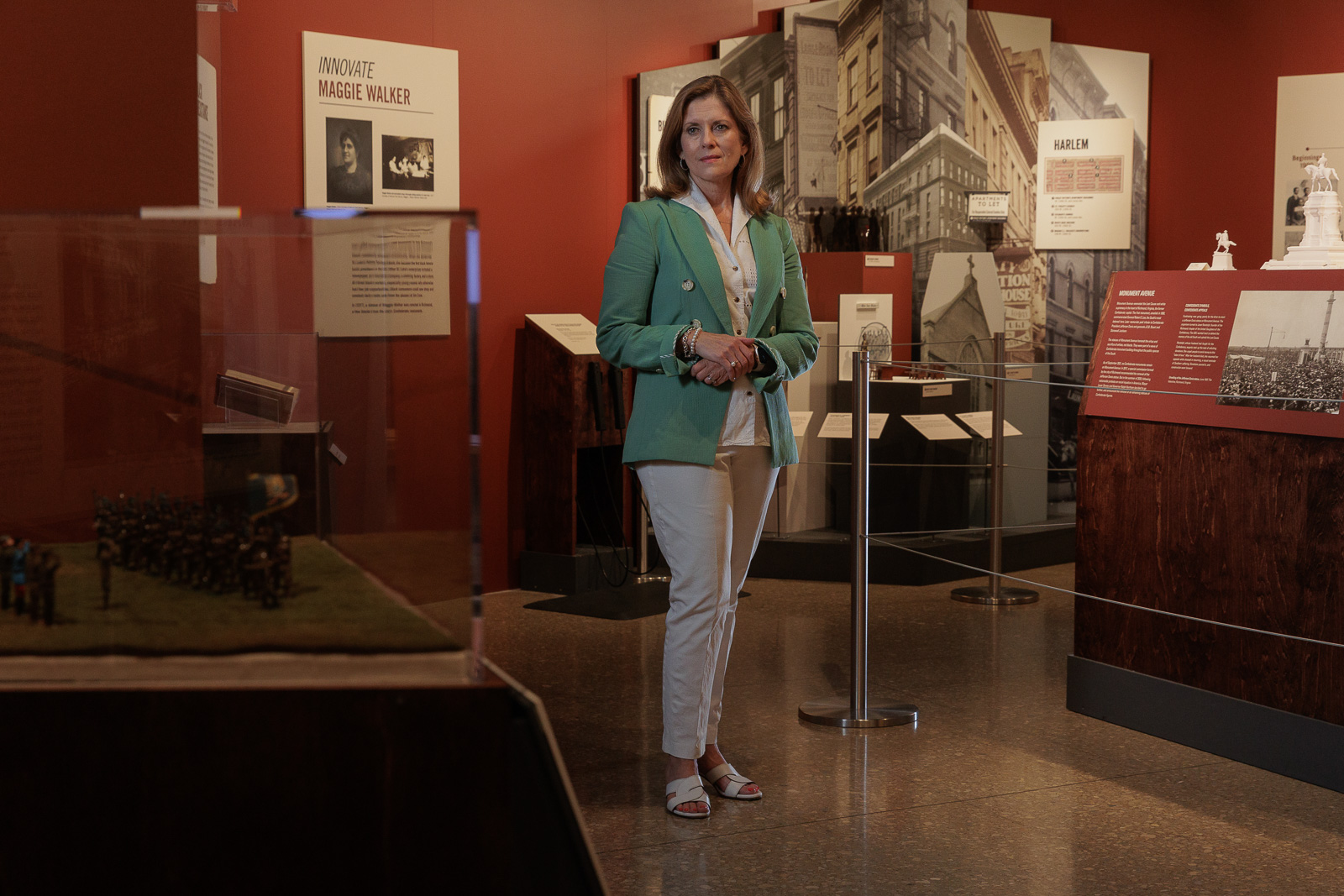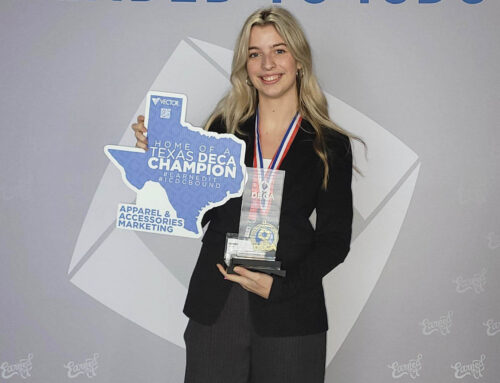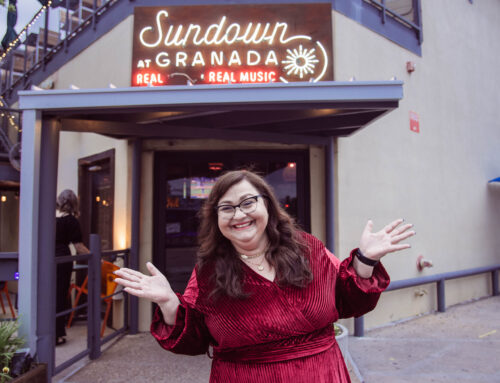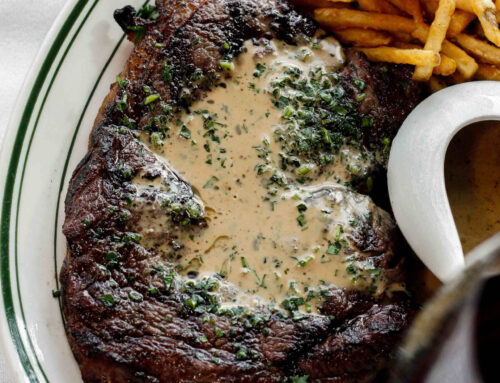The Dallas Holocaust and Human Rights Museum transports visitors through time, guided by the vision of local Holocaust Survivors. The museum’s walls are a testament to both the horrors of history and the undeniable spirit of resilience and progress.
And they are curated by President and CEO Mary Pat Higgins, who has led a transformative, decade-long journey for the museum. While she doesn’t consider herself an activist, Higgins says her mission is to provide Dallasites with history in an accessible, honest and educational way.
Her mission? “Don’t let history repeat itself,” she says.
In 2019, Higgins shifted the focus of the Holocaust museum to also teach about human rights. She brings exhibits to the museum that tie the events of the Holocaust to themes in civil and human rights history.
Recently, Higgins approved an installation called Black Citizenship in the Age of Jim Crow. The exhibit teaches about the Black experience and the struggle for racial equality in the 50 years after the Civil War.
“I think that perhaps what’s most important to me is the opportunity to help shape the future leaders of our community and help them understand where hatred can lead and why it’s so important to stand up against it,” Higgins says.
The events of the Holocaust could have been dramatically changed by “Upstander behavior ,” — exhibited by someone who sees an injustice and intervenes — Higgins says, and the need to create Upstanders is still important today.
Indifference is the biggest enemy to the museum ’s lessons, she says.
“Unfortunately, most of us tend to just look the other way, and think ‘There’s nothing I can do that will make a difference. Someone else will take care of it. Or, it’s not impacting me so I don’t really have a responsibility to do anything,’” Higgins says.
A Lake Highlands resident since 1990, Higgins has raised a family in our neighborhood and feels her tight connection to the community inspires her passion for making an impact.
“Our country is more divided than ever and I think Dallas still has huge issues of inequality to address,” she says. “While a lot of progress has been made, there’s still so much work to do.”
With the help of the museum’s staff , Higgins helps visitors understand that it is an ongoing process to understand, reflect and take action.
To Higgins, the museum represents far more than a one-off learning experience. She hopes that her curation can plant seeds into the hearts and minds of the community that will blossom into a more equal world.
“What ’s most important to me is the opportunity to help shape the future leaders of our community and help them understand where hatred can lead and why it’s so important to stand up against it,” she says.






